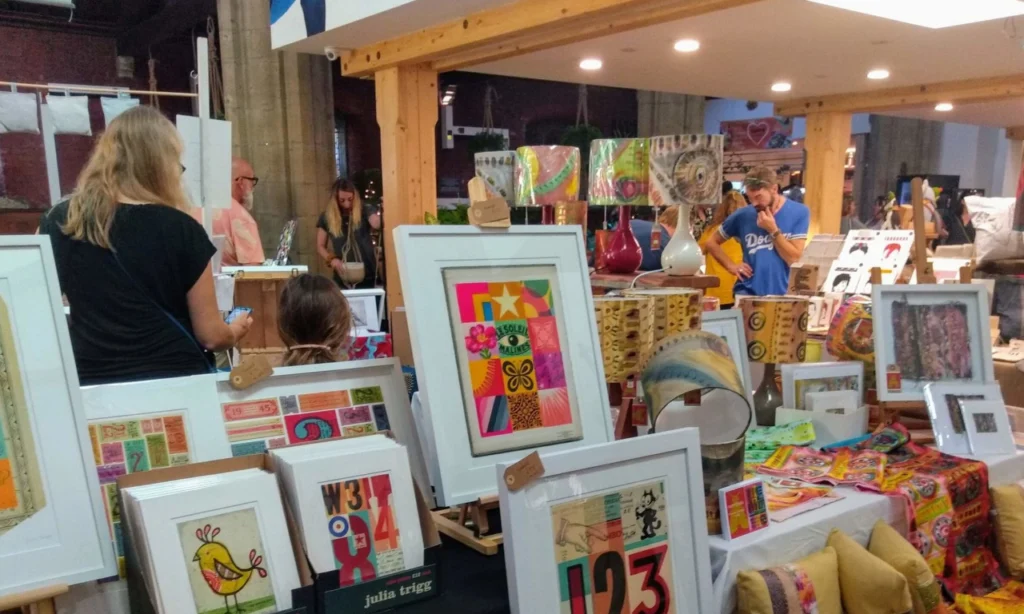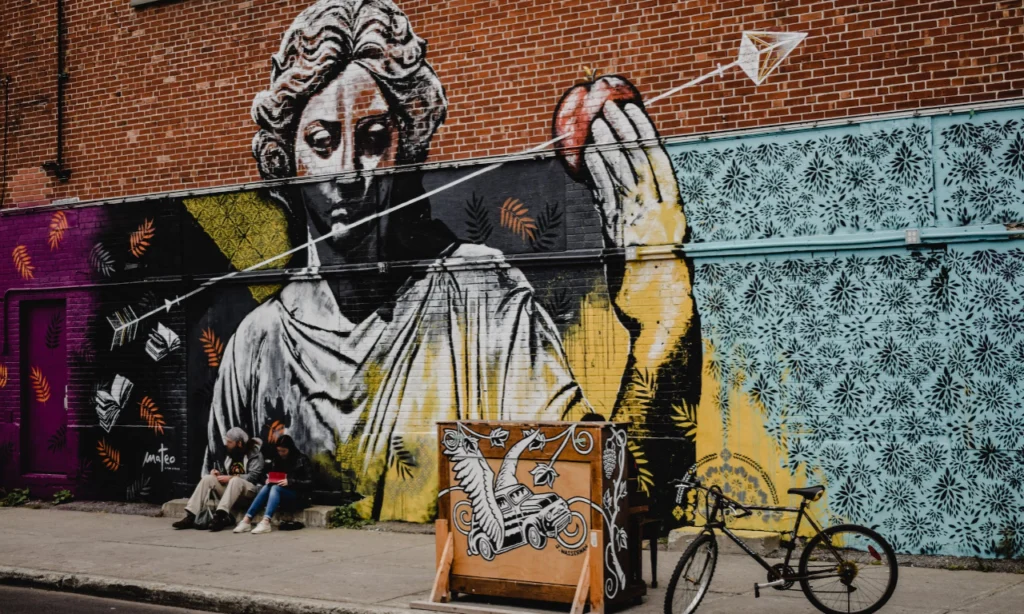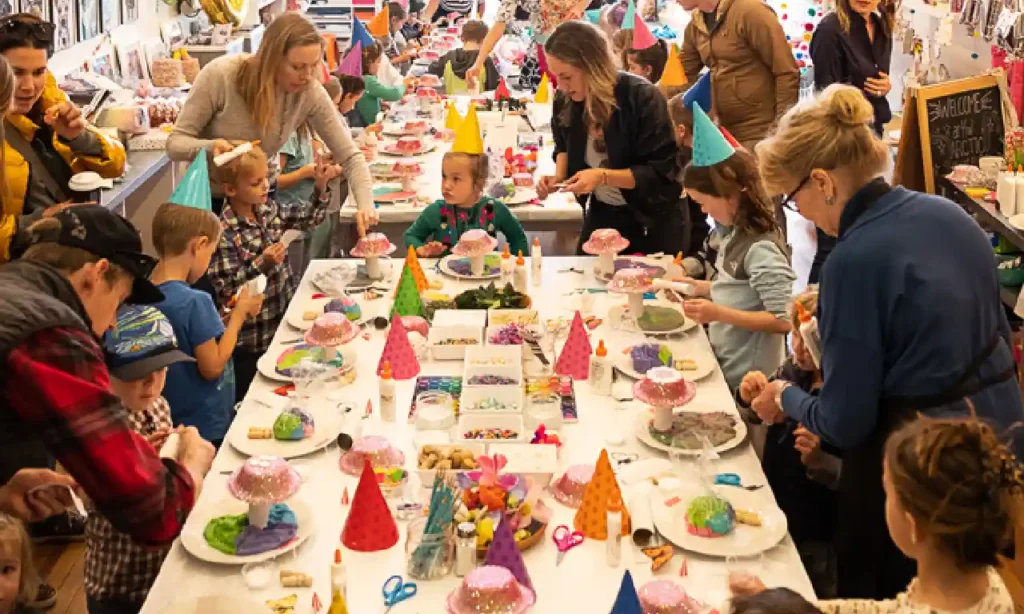Craft fairs and exhibitions play a crucial role in celebrating and preserving the rich traditions of handcrafting. These events provide a platform for artisans to showcase their work, connect with consumers, and exchange ideas with fellow creators. Beyond their commercial aspect, craft fairs and exhibitions foster a sense of community, cultural appreciation, and economic development. This essay explores the significance of craft fairs and exhibitions, highlighting their impact on artisans, communities, and the broader cultural landscape.
The Significance of Craft Fairs and Exhibitions

Craft fairs and exhibitions are vital for several reasons. They serve as a marketplace where artisans can sell their creations directly to consumers, bypassing intermediaries and ensuring that the benefits of their labor go directly to them. These events also offer artisans the opportunity to gain exposure, build their brand, and expand their customer base.
Moreover, craft fairs and exhibitions celebrate the diversity and richness of handmade crafts, promoting cultural heritage and appreciation. They provide a space where traditional techniques and modern innovations coexist, allowing visitors to experience a wide array of crafts, from ancient weaving methods to contemporary mixed-media art.
Benefits for Artisans

- Economic Opportunities: Craft fairs and exhibitions provide a vital source of income for artisans. By selling their products directly to consumers, artisans can command better prices and retain a larger share of the profits. This direct interaction also allows them to receive immediate feedback and build relationships with their customers.
- Exposure and Recognition: These events offer artisans a platform to showcase their work to a broader audience. Gaining exposure at well-attended fairs and exhibitions can lead to increased recognition, media coverage, and opportunities for collaboration with designers, retailers, and galleries.
- Networking and Skill Development: Craft fairs and exhibitions facilitate networking among artisans, enabling them to share knowledge, techniques, and experiences. This exchange of ideas can inspire innovation and help artisans improve their skills and craft.
Community Building and Cultural Preservation

Craft fairs and exhibitions play a crucial role in fostering a sense of community and cultural preservation. They bring together people from diverse backgrounds, united by their appreciation for handmade art. These events often feature workshops, demonstrations, and interactive activities that engage visitors and deepen their understanding of various crafts.
- Cultural Exchange: By showcasing crafts from different cultures, these events promote cross-cultural understanding and appreciation. Visitors can learn about the history, techniques, and cultural significance behind each craft, fostering a greater respect for global traditions.
- Community Engagement: Craft fairs and exhibitions often involve local communities, including schools, cultural organizations, and community groups. This involvement helps to strengthen community ties and encourages local participation and support for the arts.
- Educational Opportunities: Many craft fairs and exhibitions offer educational programs, including workshops, lectures, and hands-on activities. These programs provide valuable learning experiences for both children and adults, promoting creativity and skill development.
Economic and Social Impact

The economic and social impact of craft fairs and exhibitions extends beyond the individual artisans. These events can stimulate local economies by attracting visitors, generating tourism revenue, and supporting related businesses such as hotels, restaurants, and transportation services.
- Tourism and Local Economy: Well-organized craft fairs and exhibitions can draw visitors from near and far, boosting tourism and contributing to the local economy. This influx of visitors benefits local businesses and can create job opportunities in the community.
- Sustainable Practices: Craft fairs and exhibitions often emphasize sustainability, showcasing eco-friendly products and practices. By promoting handmade, locally-sourced, and sustainable goods, these events encourage environmentally responsible consumer behavior.
- Social Cohesion: Craft fairs and exhibitions promote social cohesion by bringing together people from different walks of life. They provide a shared space where individuals can connect over a common appreciation for craftsmanship and creativity.
Challenges and Future Directions

Despite their many benefits, craft fairs and exhibitions face several challenges. One major issue is the cost and logistics of organizing these events. Securing venues, marketing, and ensuring a steady flow of visitors can be resource-intensive. Additionally, artisans may face financial barriers to participating, including booth fees and travel expenses.
To address these challenges, organizers can seek partnerships with local governments, cultural organizations, and sponsors to secure funding and resources. Offering scholarships or reduced fees for emerging artisans can also help make these events more accessible.
The future of craft fairs and exhibitions lies in embracing innovation while preserving tradition. Integrating digital platforms can expand the reach of these events, allowing artisans to showcase and sell their work online. Virtual exhibitions and hybrid models that combine in-person and online elements can make craft fairs more inclusive and resilient.
Conclusion
Craft fairs and exhibitions are more than just marketplaces; they are celebrations of artistry, culture, and community. These events provide vital economic opportunities for artisans, foster cultural exchange and appreciation, and contribute to local economies and social cohesion. By addressing the challenges they face and embracing innovative approaches, craft fairs and exhibitions can continue to thrive and play a pivotal role in preserving and promoting the rich traditions of handcrafting for future generations.




